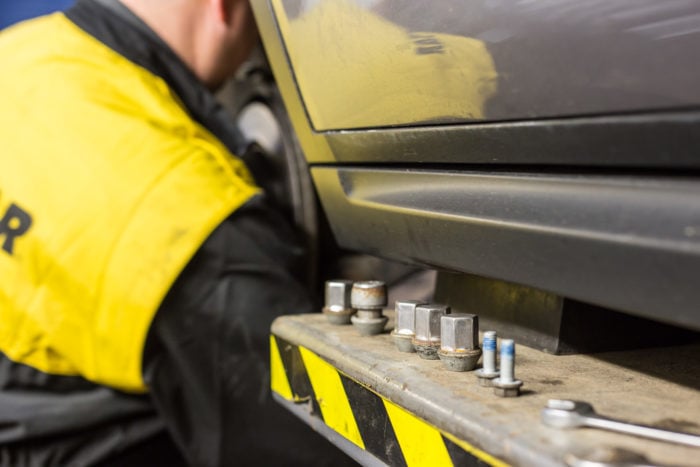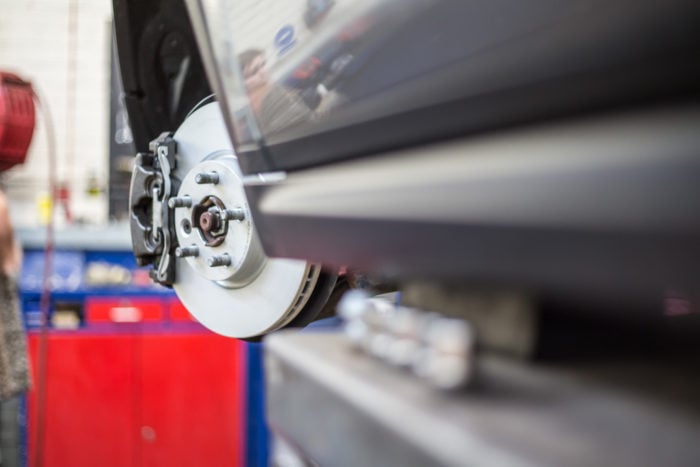How to Choose a Ratchet and Sockets for Car Maintenance
Knowing which ratchet and sockets are needed for car maintenance helps to limit the strain of frequent trips out from under the hood.
There may be a lot of nuts and bolts which need to be removed depending on what type of maintenance you are doing. You could bring a toolbox full of various sized wrenches to pick through under the hood. The easier method is to use a ratchet and socket set.
How do I know which ratchet and socket to use? This may vary somewhat for each nut and bolt. There is not a standard size that is used throughout an entire vehicle.
To choose which ratchet and socket to use on each nut and bolt, it is necessary to examine the bolt and nut first. The examination should consider the location of the bolt, the size of the head, type of head, and any obstructions of access.
Metric or Standard
Sockets come in two different types of sizes. Most American made cars will use standard (SAE) sockets, such as ½, ⅓, ¼, etc.. Most foreign made cars will require metric sockets, such as 10mm, 11mm, etc..
Socket Points
- 12 point
- 8 point
- 6 point
A six point socket is less likely to strip a stubborn nut or bolt. It is the better option if the nut or bolt is rusty. Eight point sockets are for square nuts.
Socket Depth
You will need to determine whether you need a standard socket or a deep-well socket. This will depend on how far the nut is screwed onto the threads.
Manual, Cordless, Torque, or Impact Ratchet
Manual ratchet is a hand held ratchet which uses manpower only. There are a variety of options to help increase torque.
A cordless ratchet is great for removing multiple bolts. From Simply Home Tips, cordless rachets usually come with battery powered. It will help to prevent your arms from getting tired from the motion of ratcheting. Be careful not to over tighten a nut or bolt which could result in it snapping off.
An impact ratchet is powered by an air compressor and is faster to remove nuts or bolts. They are commonly used when a bolt or nut is hard to remove. Be careful not to over tighten with the impact ratchet as well.
A torque ratchet is used when the bolt needs to be a specific tightness. It is designed to prevent over or under tightening. They are commonly used on lug nuts.
Extension or Universal
If the bolt or nut is in a hard to reach area, there are a couple options. An extension will help to reach the bolt easier and provide leverage to break the nut or bolt loose. A universal flexes to get into hard to reach areas.
Drive Size
Ratchets come in ¼, ⅜, ½, ¾, and 1 inch drive. The drive is the size of the connector fitting on the ratchet where the socket connects. The most common in automotive repair are ¼, ⅜, and ½.
Length
Ratchets come in multiple lengths.
- Standard is the normal length.
- Stubby is best used in small spaces.
- Flex is to get a better position on the bolt or nut head.
- Extended is for more torque or leverage.
Once you have determined what type of ratchet and sockets to use. Next, you will need to determine what size socket. The owner’s manual can be helpful for sizes.
You may also find it helpful to examine the bolt or nut then try different sizes until you find the right one. As you continue to work with ratchets and sockets, you will become better at identifying the size based on appearance.
























